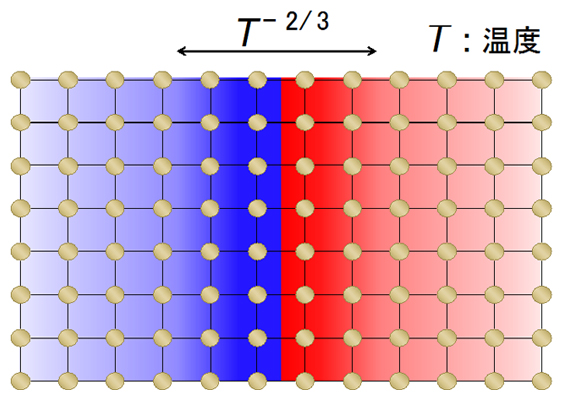(NREL Reports Sustainability Benchmarks for Plastics Recycling and Redesign)
2021/1/21 アメリカ合衆国・国立再生可能エネルギー研究所(NREL)

・ NREL が、米国のプラスチック製造のサプライチェーンレベルにおけるエネルギー消費量と温暖化ガス排出量を推計する、サステナビリティー・ベンチマークを発表。
・ 再生可能プラスチックの新設計やプラスチックのアップサイクル・リサイクル技術の新プロセス開発について現行製造基準との比較・評価を通じ、それらの試みによるエネルギー節約と温暖化ガス排出量低減の可能性が判断できる。
・ 現在はプラスチックをはじめ、多くの材料をリサイクルせずに廃棄する直線的な経済にあるが、世界は循環型経済への移行に目を向けている。これを受けて NREL は廃棄後のアップサイクルとリサイクルを前提とした次世代プラスチックの開発を目指し、複数の研究所や大学が関与するパートナーシップのBOTTLE(Bio-Optimized Technologies to keep Thermoplastics out of Landfills and the Environment) コンソーシアムを率いている。
・ 製造供給網のエネルギーと材料フローを追跡してエネルギー所要量と温暖化ガス排出量を推定するMFI(Materials Flows thorugh Industry)ツール(NREL が開発)による同ベンチマークでは、世界消費量が毎年百万メトリックトンを超える 18 種類のプラスチックを取り扱う。
・ MFI は一般公開されているツールで、多様な新技術に適応できる。MFI のアカウントを取得してプロセスデータを入力すれば、サプライチェーンへの影響を知ることができる。新製造方法のエネルギー消費量や温暖化ガス排出量が現行プロセスよりも多く推計された場合は、新プロセスにおいて改善可能な点の明確化を支援する。
・ 本研究が対象とするポリマーは、世界の製造量の約 95%を占め、総計で年間 36 億メトリックトンが製造されているもの。米国エネルギー情報局(EIA)によると、2014 年に米国で製造に消費されたエネルギーの約 11%がプラスチックの生産に利用されている。また、Science Advances による分析では、世界の廃プラスチック量の大部分を米国が排出している。
・ 同 MFI ツールの分析で扱うものは、米国内のプラスチック消費のみ(例えばポリエステル繊維:海外で衣料品製造に使用されて米国に輸入された場合はカウントしない)。現在、世界のサプライチェーンの分析もできるよう同ツールの機能を向上させている。
・ 本研究は、米国エネルギー省(DOE)の Plastic Innovation Challenge の一部である、BOTTLE コンソーシアムの一環として実施。DOE の先進製造業室(AMO)およびバイオエネルギー技術局(BETO)が資金を提供した。
URL: https://www.nrel.gov/news/press/2021/nrel-reports-sustainability-benchmarks-plastics-recycling-redesign.html
<NEDO海外技術情報より>
(関連情報)
Joule 掲載論文(アブストラクトのみ:全文は有料)
Manufacturing energy and greenhouse gas emissions associated with plastics consumption
URL: https://www.sciencedirect.com/science/article/abs/pii/S2542435120306267?via%3Dihub
Abstract
Reducing the carbon intensity of plastics production by sourcing sustainable feedstocks while simultaneously enabling effective polymer recycling represents a potential transformation of 21st century manufacturing. To evaluate technologies that could enable such changes, it is imperative to compare the sustainability of bio-based and/or circular plastic flows to those of incumbent manufacturing paradigms. To that end, we estimate the supply chain energy requirements and greenhouse gas (GHG) emissions associated with US-based plastics consumption. Major commodity polymers, each of which has a global consumption of at least 1 MMT per year, account for an estimated annual 3.2 quadrillion Btutus (quads) of energy and 104 MMTCO2e of GHG emissions in the US alone. This study serves as a foundation for comparing the supply chain energy requirements and GHG emissions of today’s plastics manufacturing to tomorrow’s disruptive technologies, to inform the development of bio-based plastics and the circular economy for synthetic polymers.



